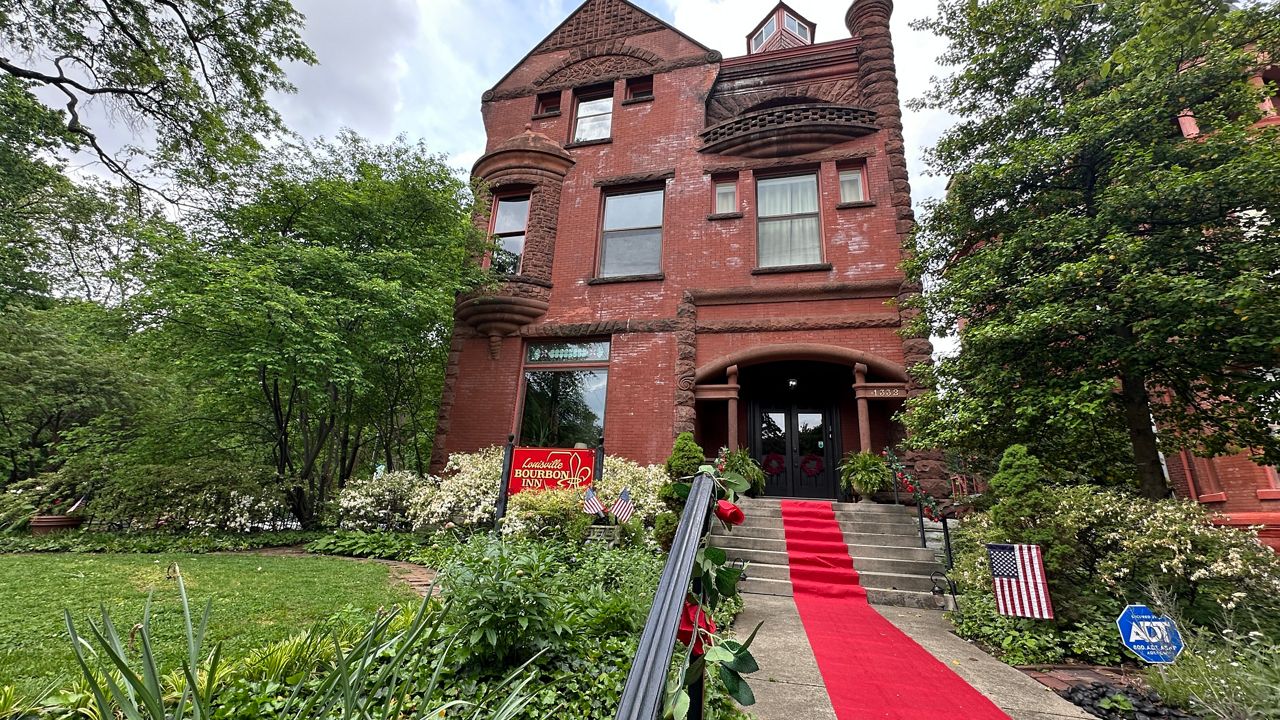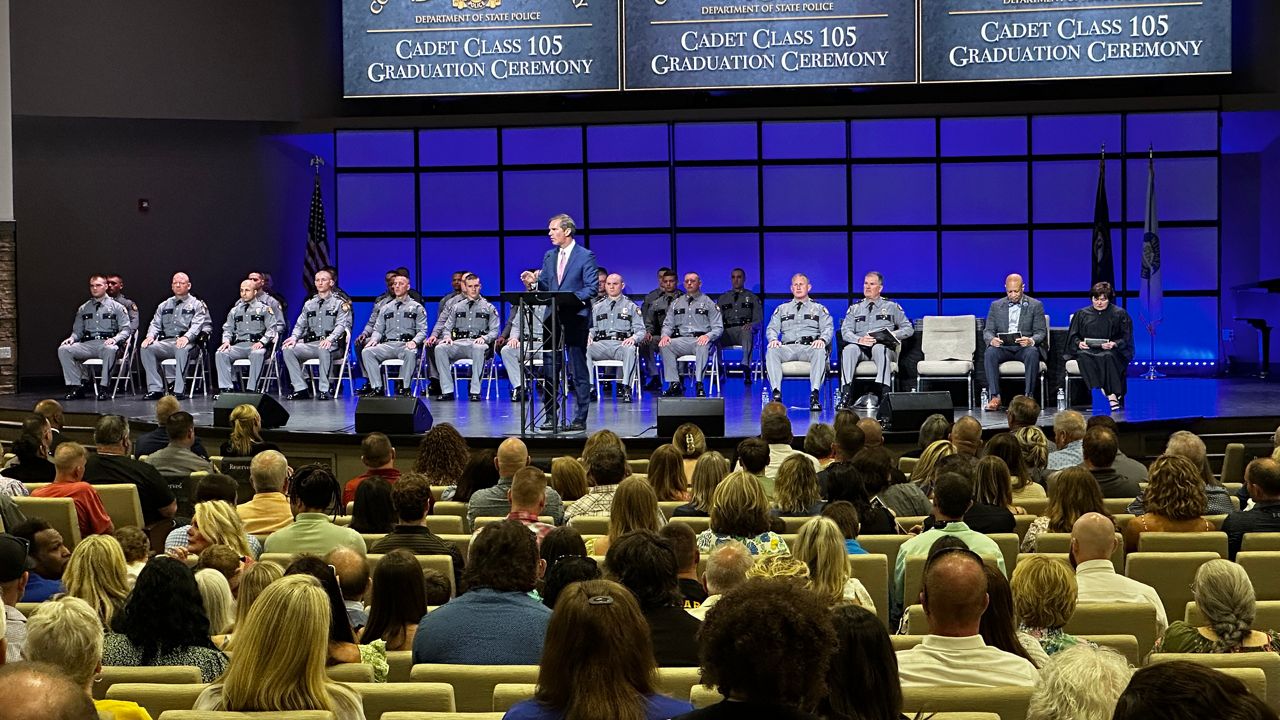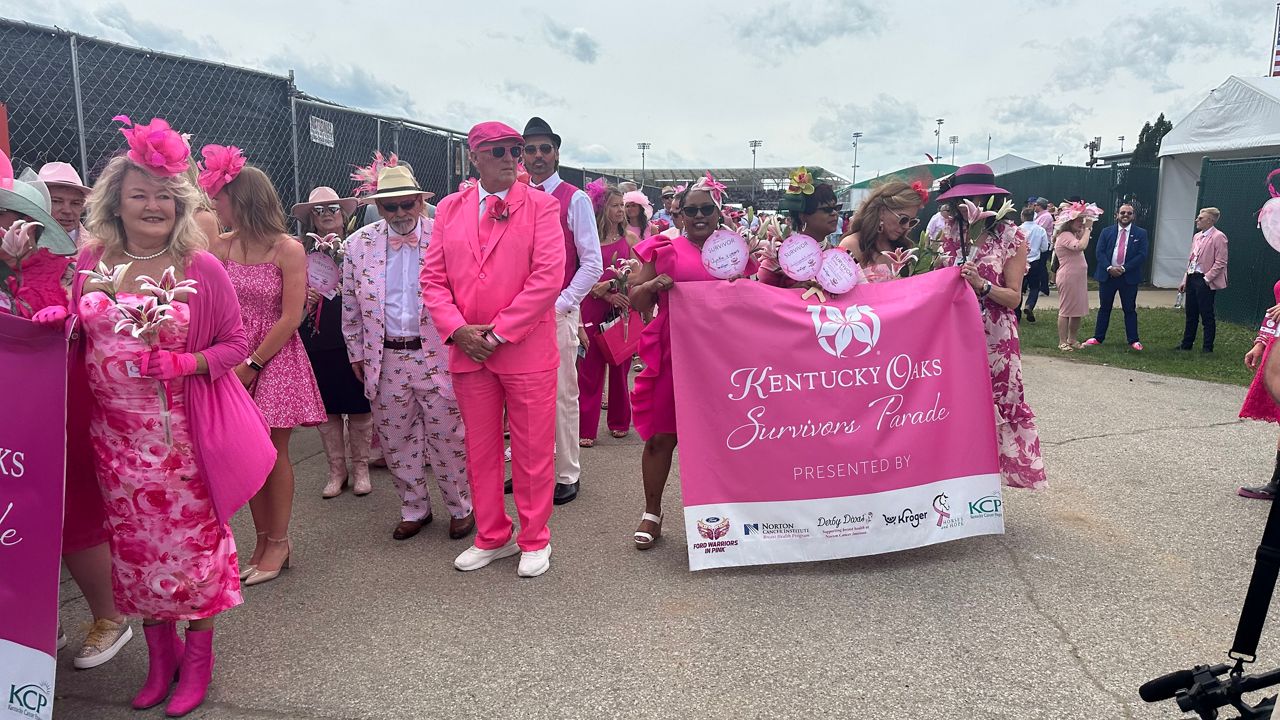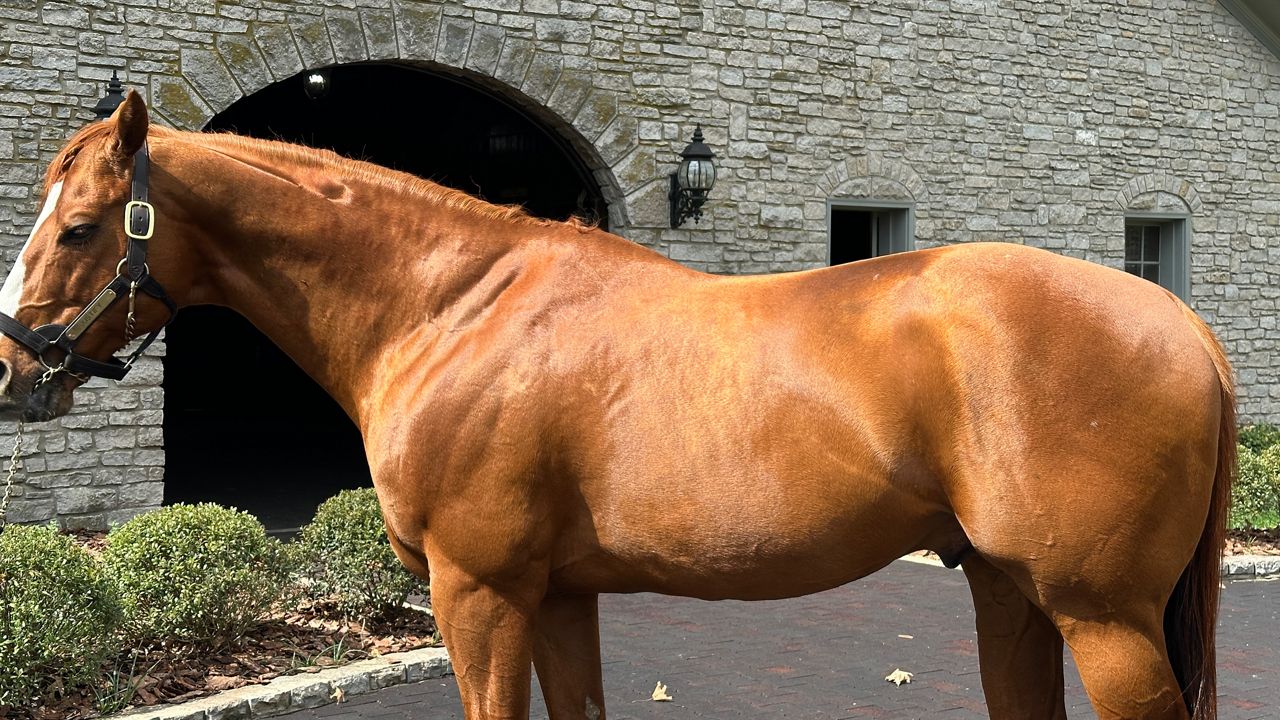LOUISVILLE, Ky. — It’s a small sensor that’s about the size of a cellphone and fits in your hand. The device is called StrideSAFE, and it protects race horses.
The hidden three ounce sensor is worn by every horse that races at Churchill Downs.
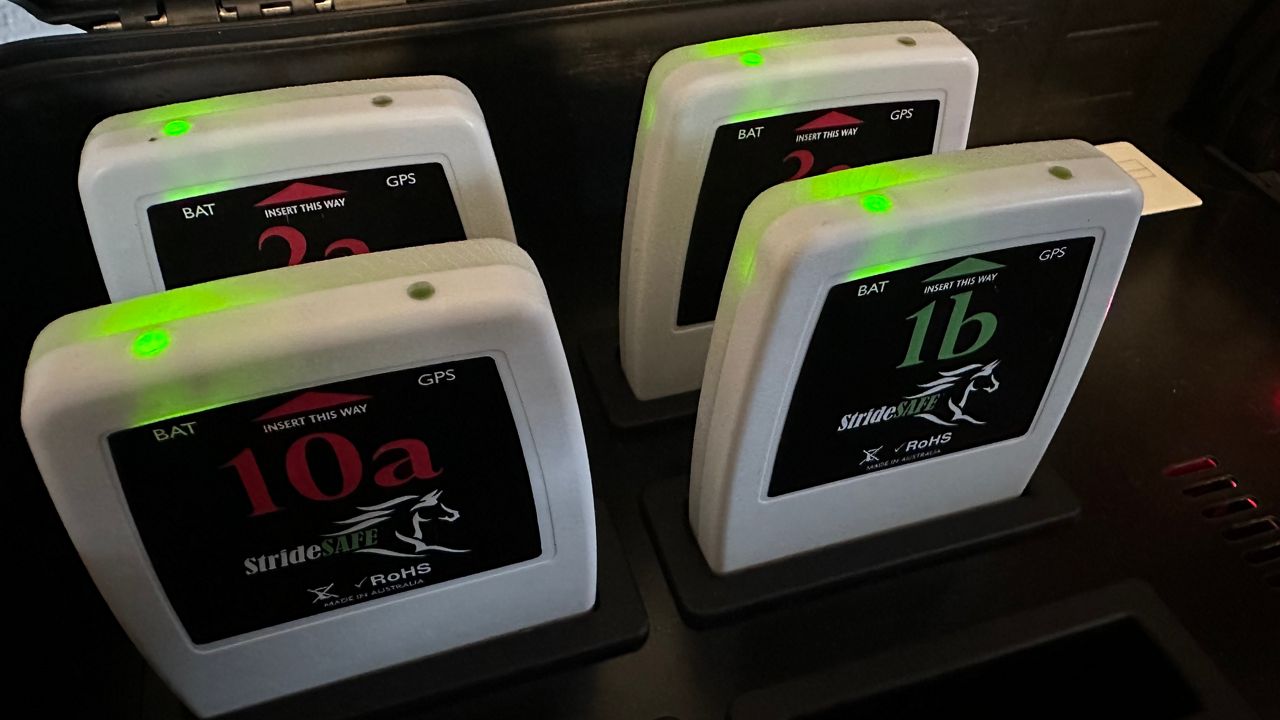
Dr. William Farmer, the track’s equine medical director explained, “The Stride SAFE sensor that our horses wear during racing at Churchill Downs and all of our Kentucky properties is a small sensor that rides right behind the saddle and it measures the horse’s movement. Up and down, left to right, forward and backwards. So the StrideSAFE can then use their algorithms to help us find changes in that pattern.”
Spectrum News 1 profiled the devices in 2024. Since our original story, more data has been collected from race horses. Dr. David Lambert, StrideSAFE’s CEO, said the precision of the analytics has gotten better in a big way.
Lambert said, “We can even tell them which leg. We can even tell them what kind of disease process is most likely, what the fracture type might be. So, we can give them a very strong indication of where to go, then they can start working on the horse and diagnosing it.”
Farmer said they were very excited to have StrideSAFE to Churchill Downs. All of its Kentucky tracks have been using the sensors for a year.
Farmer added, “Our long-term goal is that we’ll be able to help provide horsemen, veterinarians, useful information to better guide their veterinary decisions regarding their horse, if they notice that things are changing, to help make sure that horse stays safe first and foremost, the welfare of that horse is protected and to help that horse run to the best of its natural ability.”
Dr. Lambert said there is no doubt the devices have saved horses’ lives. He said he’s very optimistic about the future of the industry. February national data from Lexington-based Horseracing Integrity and Safety Authority showed the racing-related fatality rate at Churchill Downs’ racetracks, hit a historic low in 2024.
Lambert said, “I think now we’re sitting on a point where the majority of these fatalities can be a thing of the past. I’m very, very optimistic for the industry if they just adopt this technology, these things are going to go away. We can see them coming as much as a year beforehand.” He added, “As this thing goes forward and gets into the universities, and gets the right attention to future research, there’s going to just be an explosion of information about the athletic horse that’s going to come from this data source. I’m very optimistic about the whole process. I think it’s going to do a lot of good over time.”
Lambert plans to publish five or six papers this year in the academic press so veterinarians will recognize the validity of the entire process.
Dr. Lambert said Master’s thesis has been written and submitted based on some of the work they’ve done.








